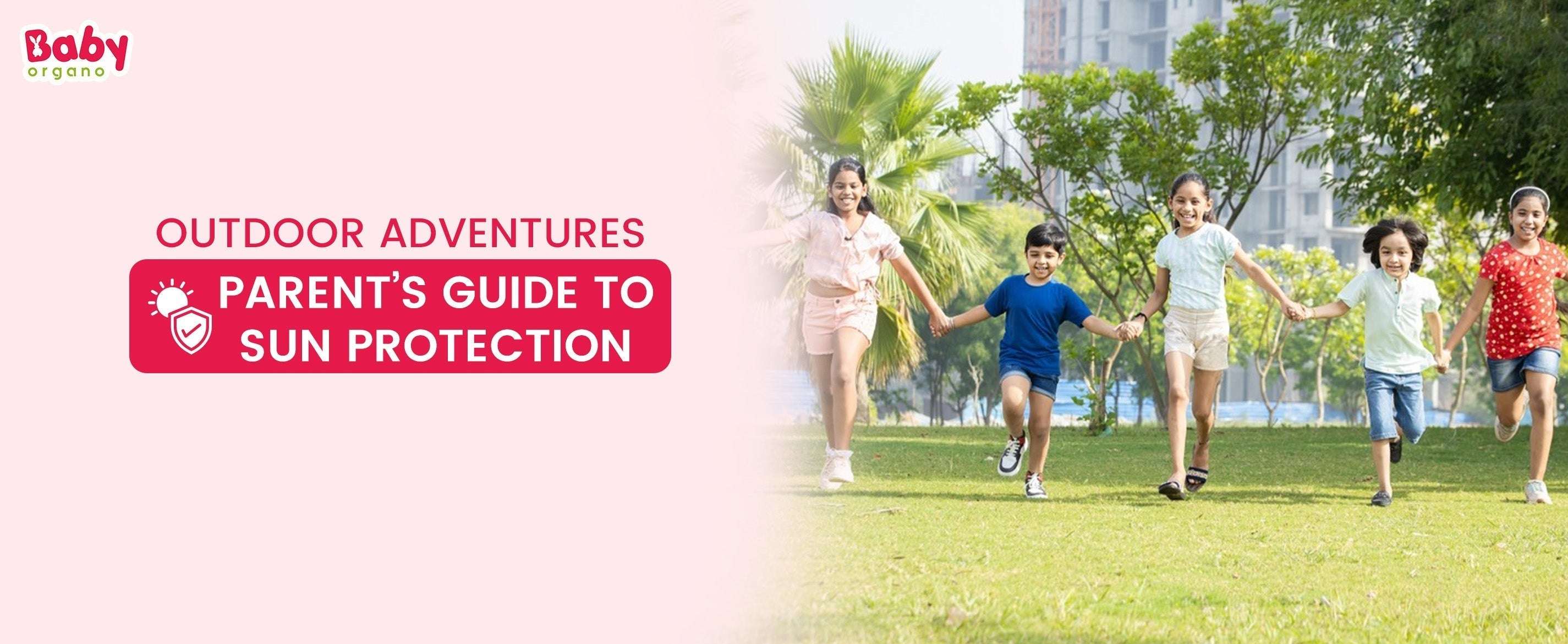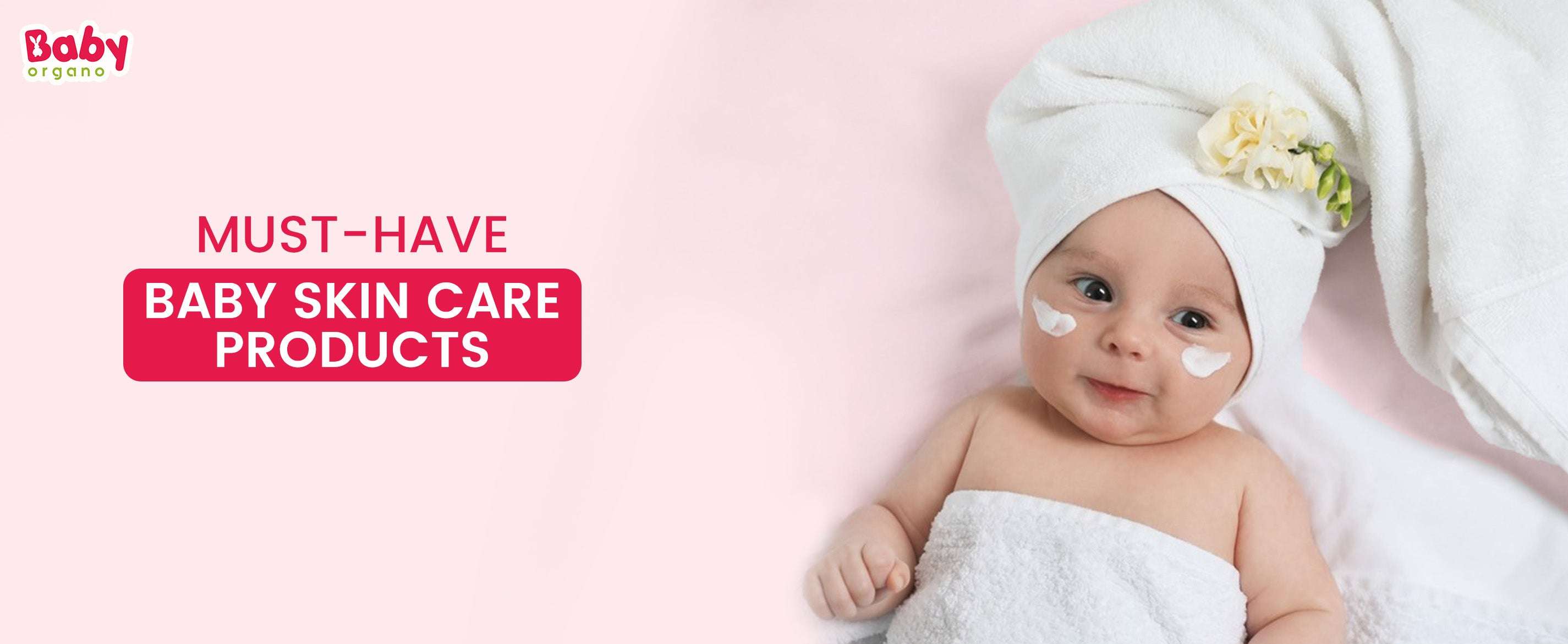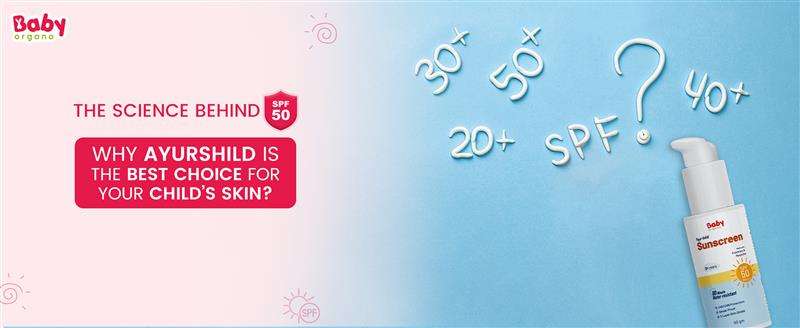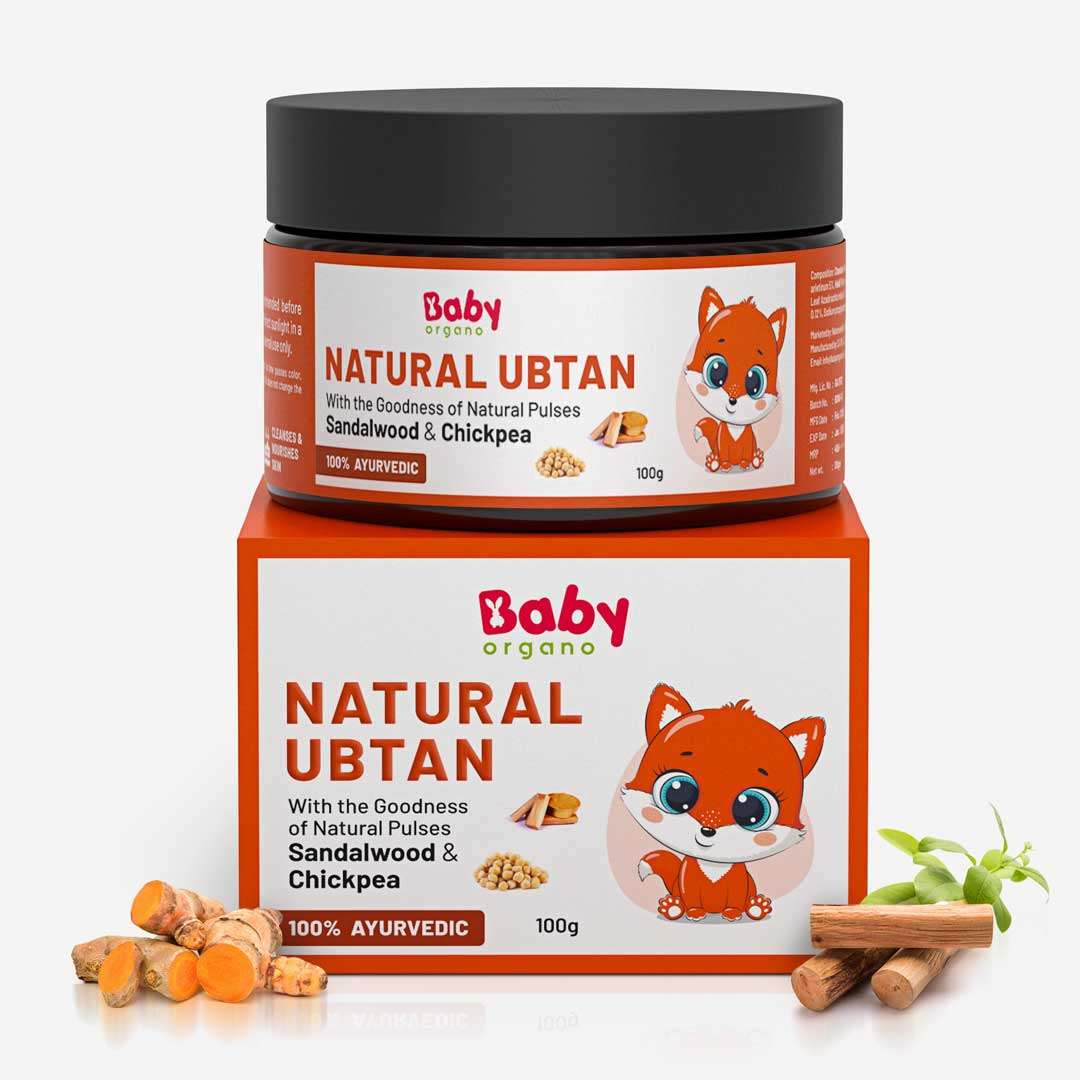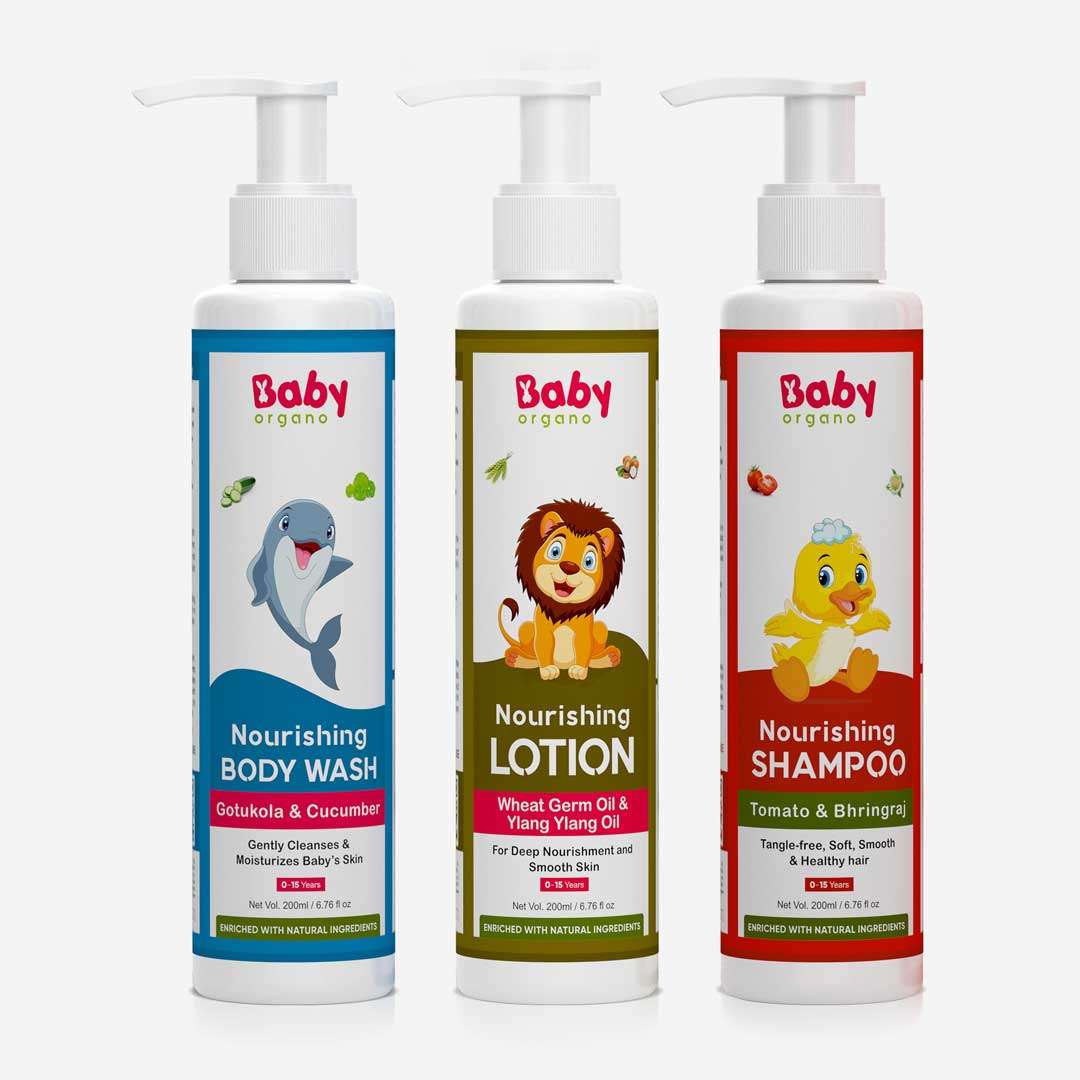How to Choose the Best Sunscreen for Babies & Kids?
- by Dr. Urvi Ashani
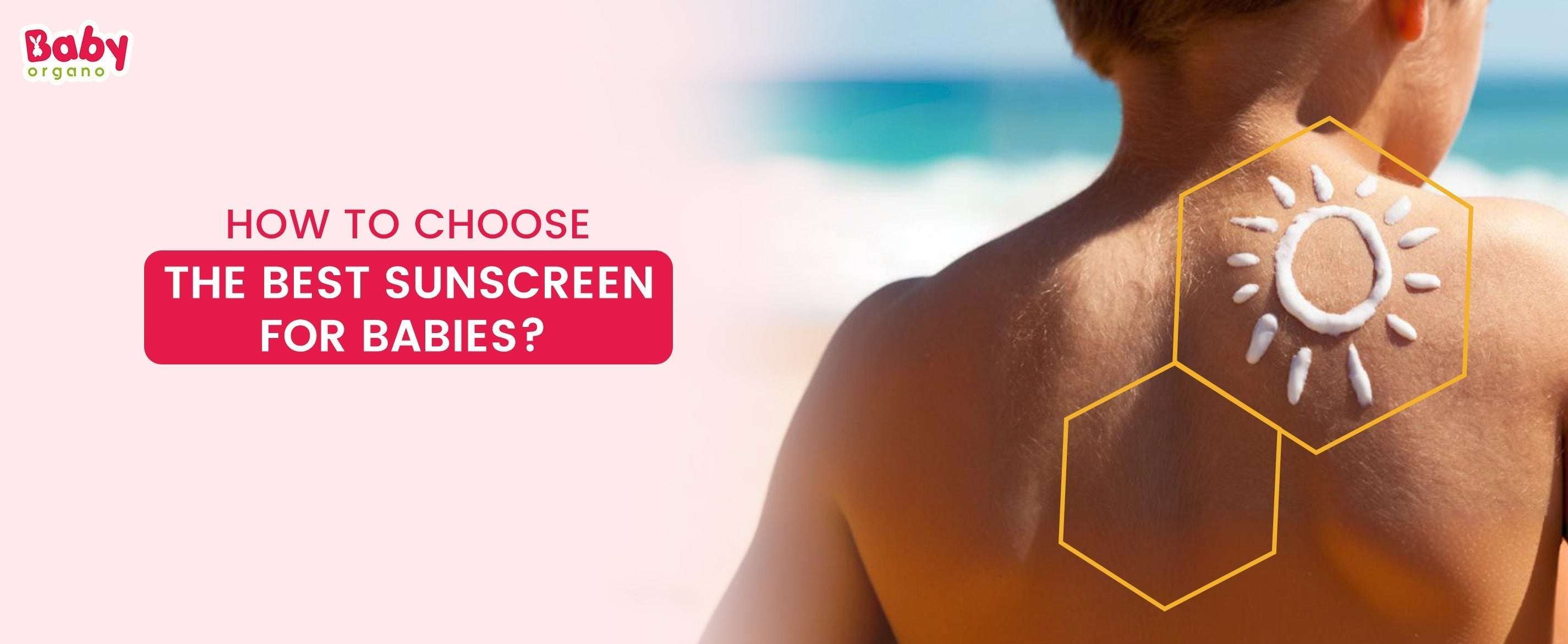
“Which sunscreen is the best for my child?” With summer setting in, this question must have crossed your mind lately. The harmful UV rays can easily reach your baby’s delicate skin and cause various problems like tanning, sunburn, redness, and irritation. Fortunately, sunscreen can help keep their skin safe by working as a protective shield between the skin and the sun.
However, with the number of sunscreen options available on the market, it gets difficult to find the one that suits your child’s skin. This article addresses all the concerns parents have when choosing a good sunscreen for their kids. It includes the key parameters to look for in sunscreen, the step-by-step guide to apply it, and ingredients that are damaging to your baby’s skin. So, let’s start:
When Can Babies Start Using Sunscreen?
Most pediatricians recommend avoiding sunscreen application on babies aged six months or less. It is advised to keep newborns away from direct sun exposure to prevent sun damage and skin problems.
After six months, you can use a natural, Kid-friendly Sunscreen to shield their delicate skin. Moreover, when stepping out in the sun, dress your baby in full-sleeved clothes, a baby cap, and sunglasses. You must use a stroller shade or a breathable cover to protect them from harmful UV radiation.
Why use sunscreen for kids?
Do you know that nearly 50% of lifetime UV exposure can happen before you reach 18 years of age? Well, yes. Your child’s skin is thinner and more sensitive than yours. In addition, they have less melanin pigment, which works as a natural protector against sun exposure. Lastly, their natural barrier is in the developing stage and cannot provide high protection.
Because of these factors, the harmful UVA and UVB rays get quickly absorbed in the deeper layers of your kid’s skin. These rays are the primary cause of immediate problems like tanning, sunburn, irritation, and redness of the skin. Plus, they have long-term effects such as damaged skin barrier, premature aging, and skin cancer.
Sunscreens provide your little one with the right amount of protection from sun damage. They act as a barrier between the sun and the skin to stop UV radiation from reaching your child. Applying sunscreen before stepping out helps prevent sun damage while providing healthy nourishment to the skin.
Key Factors to Consider When Choosing a Baby Sunscreen
Feeling confused about which sunscreen to buy for your little one? Here is a list of some primary things you must look for in baby sunscreen before investing:
1. Sunscreen Type
Sunscreens are primarily divided into two main categories: physical and chemical. Physical sunscreens are prepared using natural minerals like zinc oxide and titanium dioxide. These ingredients settle on top of your baby’s skin and reflect away the harmful UV rays. They do not penetrate your child’s skin, ensuring skin safety.
As the name suggests, chemical sunscreens are made of artificial ingredients like oxybenzone. These ingredients absorb UV rays and change them into heat, which is expelled later. Plus, these ingredients can penetrate your child’s skin because of their thinner texture and cause irritation.
It is best to choose mineral-based sunscreens for your child. These sunscreens are gentle on the skin and have a lower chance of causing health problems as they do not enter the body.
2. SPF & PA Level
SPF stands for Sun Protection Factor. It is a parameter to assess a sunscreen’s potency to guard the skin against UVB rays that cause sunburn. Each sunscreen has a specific SPF count, such as SPF 15, SPF 30, and SPF 50.
These numbers show the total time the skin can be exposed to UVB rays before burning, compared to when no sunscreen is applied. The higher the SPF value, the better the protection it offers. It is believed that:
-
SPF 15 blocks nearly 93% of UVB rays
-
SPF 30 blocks up to 97% of UVB rays
-
SPF 50 offers approximately 98% protection against UVB rays
Most skin experts suggest using SPF 50 sunscreen for children to give maximum protection to their delicate skin.
The PA rating shows how well a sunscreen protects against UVA rays that cause long-term skin damage, premature aging, etc. Each PA rating shows the following:
-
PA+ – Low UVA protection
-
PA++ – Moderate UVA protection
-
PA+++ – High UVA protection
-
PA++++ – Very high UVA protection
3. Broad-Spectrum Protection
A broad-spectrum sunscreen offers complete protection against UVA and UVB radiation from the sun. Where UVA rays are responsible for premature aging and long-term damage, the UVB rays cause sunburn and increase the risk of skin cancer.
Your baby’s skin is thin and more absorbent, so they are more vulnerable to UV damage. This is why it is best to use an Ayurvedic broad-spectrum sunscreen that protects them from immediate and long-term problems.
4. Hypoallergenic & Fragrance-Free
It is common for babies to get rashes, allergies, and irritation on their skin. Considering their delicate skin, you must use a natural sunscreen with a hypoallergenic formula that is free from common allergens, chemicals, artificial fragrances, and synthetic colors.
You can choose a sunscreen that is:
-
Made of natural ingredients and herbs
-
Dermatologically-tested
-
Odorless to avoid irritation
-
Free from chemicals like parabens and sulphates
-
Non-comedogenic to prevent pore clogging
5. Water-Resistant Formula
Sweat and physical activities like outdoor games can easily wash off your little one’s sunscreen. It is advised to invest in a good water-resistant sunscreen that provides long-lasting protection under the water or during excessive sweating.
You can choose the water-resistance duration based on your requirements. For instance, you can use 40 minutes of water resistance for your baby’s regular outdoor activities and 80 minutes of water resistance when they are staying out for long or going swimming or to the beach.
6. Easy Application
Kids might find applying sunscreen a tiring task. This is why it is essential to invest in a sunscreen with an easy-to-use design. Moreover, the formula must be lightweight, non-greasy, and with a mild fragrance that doesn’t irritate their sensitive nose. Whether lotion or cream, ensure your baby’s sunscreen spreads easily without leaving a white cast.
Ingredients to Avoid in Baby Sunscreen
Here are some ingredients that are a big no for your child’s delicate skin and must be avoided when buying sunscreen:
1. Oxybenzone & Octinoxate
These chemicals absorb the UV rays and convert them into heat. They enter the body or bloodstream to cause various health problems, like hormonal imbalance and irritation.
2. Parabens
They are used as preservatives. However, they are responsible for causing allergies and hormonal imbalances.
3. Phthalates
These are commonly used chemicals that are believed to hinder growth and development.
4. Synthetic fragrances & colors
The use of artificial odors and colors in Sunscreen for Kids causes allergic reactions and rashes.
5. Alcohol
Though rare, some sunscreens might contain traces of alcohol. It causes dryness and irritates your child’s delicate skin.
6. Retinyl Palmitate
It is a type of Vitamin A that is photosensitive. This means it gets harmful in the presence of sunlight and causes skin damage.
7. Octocrylene
A few studies have shown that the chemical can irritate the skin and cause allergies.
8. Avobenzone
Popular UV filter that reduces the sun, and so doesn’t provide effective protection.
9. Formaldehyde
It is a common preservative known to trigger irritation on the skin.
10. Methylisothiazolinone (MI):
This synthetic preservative can irritate the skin and cause allergies in the delicate skin.
How to Apply Sunscreen on Babies?
Experts suggest applying sunscreen at least 15-20 minutes before stepping out in the sun. This helps activate the sunscreen formula for better protection. Also, you must do a patch test before using the sunscreen regularly. Let’s understand the steps to apply sunscreen to kids:
-
Take a generous amount of sunscreen on your fingers.
-
Gently dot it on the forehead, cheeks, nose, and chin. Rub it gently until the sunscreen gets absorbed into the skin. Ensure the sunscreen doesn’t get inside their eyes, nose, and mouth.
-
Don’t forget to apply sunscreen on all the exposed body parts like ears, neck, hands, and legs. Give special attention to their fingers and toes.
-
Once you are done applying sunscreen, rub it in to ensure complete absorption into the skin.
-
Reapply the sunscreen every 2 hours. If your child is sweating or going swimming, apply it right
-
before that for improved protection.
Baby Skin Vs. Adult Skin: Why Regular Sunscreen is a NO-GO
Did you know baby skin absorbs chemicals 3x faster than adult skin? This visual guide breaks down why adult sunscreens are too harsh for delicate baby skin – and what to use instead. Save and share to protect little ones!

Additional Sun Protection Tips for Babies
While sunscreen is an essential skincare product, it cannot provide complete protection from the sun's rays. It is necessary to combine your sunscreen with the following safety tips to provide holistic protection to your little one:
-
Avoid letting your child out in the sun between 10 AM and 4 PM, as the heat is at its highest during this interval.
-
Dress your little one in breathable fabrics like cotton to facilitate air passage and sweating. You must choose full-sleeved clothes to avoid direct sun exposure.
-
Use wide-brimmed hats and sunglasses for extra sun protection.
-
Kids lose a lot of water through sweat. Make sure they carry a water bottle and encourage them to take frequent water breaks. You can also give them natural drinks like coconut water to replenish the lost electrolytes.
Conclusion
Sunscreen is not a beauty product but a necessity for children. It forms a safety layer on the skin to protect from the harmful UV radiation that can cause short-term and long-term skin problems.
This article gave you in-depth knowledge about the qualities to look for in baby & kids care products, especially sunscreen, and the ingredients to avoid. By following these tips, you can ensure your little one gets the gentlest and most effective sun protection every day. For more expert-backed guidance on baby & kids care products, stay tuned to our blog. Happy sunny days!
Frequently asked questions
1. How to pick the right SPF for Indian weather?
You can choose the right SPF for Indian weather based on your purpose and skin type. A sunscreen with SPF 15-30 is good for daily use, SPF 30-50 is for outdoors, and SPF 50+ is for sun exposure.
2. What ingredients should you look for in a kid's sunscreen?
It is best to choose a kid’s sunscreen made using Ayurvedic herbs and natural ingredients. These ingredients are gentle on the skin and also give good protection. Some trusted natural ingredients for sunscreen are rosemary, beetroot, manjistha, avocado oil, etc. You can try Ayurshild Sunscreen for kids, which contains all these natural ingredients and is free from chemicals.
3. Why do babies need sunscreen?
Babies need sunscreen because they have thinner and more permeable skin. The UV rays can easily be absorbed into their skin and cause sunburn, suntan, and other problems.
- Posted in:
- Parenting tips

